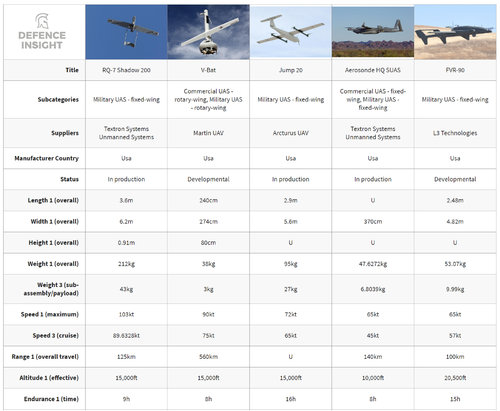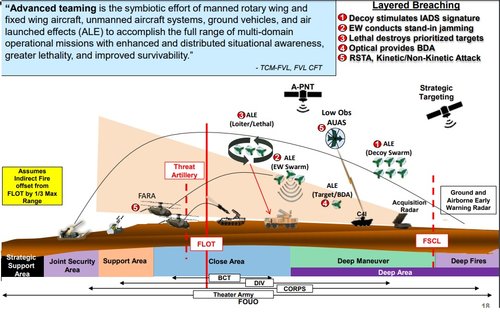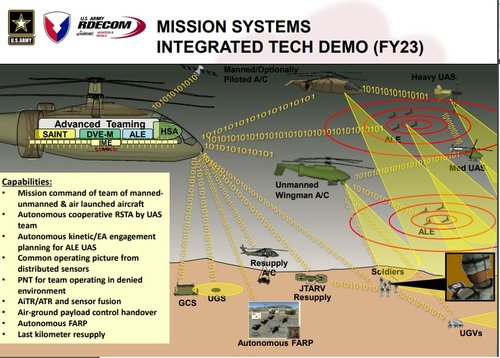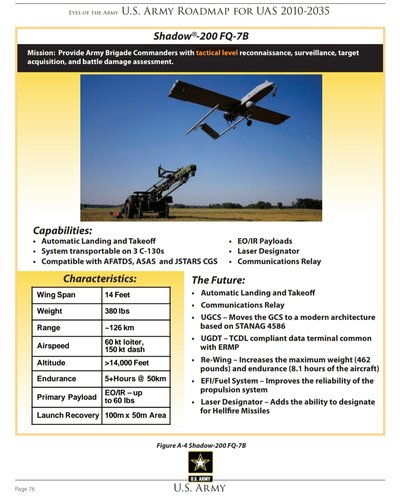Some video footage of the UA systems in evaluation...
View: https://youtu.be/NXXEIssky2Y
Innovation-less toy garbage which will last seconds not minutes in even contemporary, let lone future high intensity combat. Better to wait and the Army spend RDTE money on future real future not off the shelf trash. As Aerofranz said "I can even"
That is like complaining that rifleman still exist in a world of nuclear weapons?
The entire system cost of a cheap drone like above is less than the operating cost of a VTOL air superiority aircraft over one sortie!
---------
That said, I was thinking about the proper purposes for systems like this:
Recon generally succeed in its mission generally by the following method:
1. Detect enemy before being detected (followed by neutralization or avoidance)
2. Be too fast and distant to get engaged
3. Be cheap enough to be disposable
4. Survive opponent firepower directly
Now, one can build aircraft around different survivable strategies, however each imposes limitations.
For aircraft, #1,2 require long range sensors, which pretty much limits it to Radar if one wants all weather coverage. #4 is also impossible for aircraft.
Basically, if one wants all weather EOIR sensor coverage by flying below clouds, one has to get suicidally close to ground threats. Lowing costs is the only way.
Now for "below clouds EOIR" there is different scaled systems:
Black hornet Nano helicopter: $60k, 2km range
Instant Eye quadcopter: 5km range, 0.5hr endurance
Raven handthrown plane: $35k, 10km range, 1.5hr loiter
Switchblade 600 tube launched loitering munition: ~$75k, 40km range
Scaneagle: <$100k, >100km control range, >20hr loiter
So while one could save a small amount of money by using a smaller platform, one loses huge amount of range and endurance. If enemy threat density is not high, a long range system is likely to provide much better and deeper coverage at cost. It won't penetrate a Russian tank army with IADS designed to deal with hundreds of incoming PGM per hour, but it can totally grief some Spetsnaz trying to sneak through a mountain.








